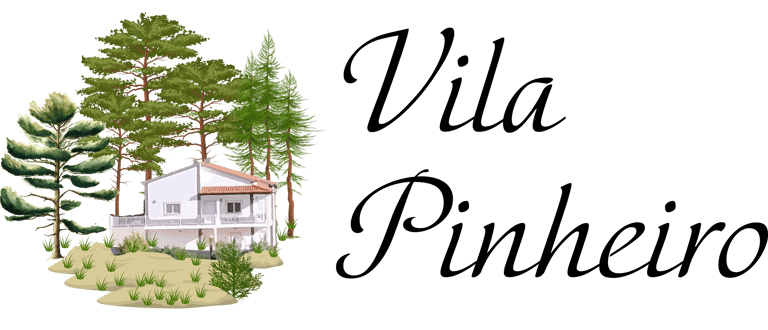

Design 09: Vila Pinheiro – Regenerative Animal Ecosystem Design
This design presents a comprehensive framework for integrating ethical, multi-species animal husbandry into a permaculture-based homestead through a Regenerative Animal Ecosystem. Centred on the custom-developed GRAZER framework—Goals, Resources, Animals, Zones, Evaluation, and Regeneration—the design embodies a systems-thinking approach that sees animals not as commodities, but as ecological collaborators.
Set at Vila Pinheiro in Central Portugal, the design addresses the need to generate fertility, manage vegetation, provide food, and close nutrient loops through integrated livestock planning. It responds to the risks of conventional farming by proposing rotational grazing, fodder tree systems, herbal animal care, and adaptive management rooted in Ayurvedic principles.
Key species include goats, chickens, ducks, and fish—each selected for their regenerative roles within the system. Goats manage brush and woody growth, improve soil fertility through droppings, and provide milk and manure. Chickens aid in pest control, compost activation, and egg production. Ducks contribute to slug management, aquatic system health, and rice paddy integration, while fish add another layer of protein, biodiversity, and nutrient cycling through aquaponic and pond systems.
The homestead is divided into zones, each with specific animal roles, fencing strategies, and timing based on pasture health and seasonal needs. Silvopasture under fruit and fodder trees maximises shade, moisture retention, and yield synergy. The design uses tools such as fodder calendars, nutrient maps, SWOC analysis, and Ayurvedic dosha-based animal care routines to tailor health and diet. Herbal mixtures, local forage, and rotational paddocks create a resilient, low-input, high-yield model that honours animal wellbeing.
This system goes beyond productivity. It addresses ethics and empathy—ensuring animals have space to express natural behaviours, access shade and clean water, and receive preventive and restorative care. The Ayurvedic lens ensures seasonal alignment with body constitutions, offering herb-infused water, sunning spaces, and pest-deterring bedding materials. The result is healthier animals, more potent manures, and fewer medical interventions.
Implementation is phased: starting with fencing and shelters, establishing fodder tree guilds, and then integrating animals progressively. Regular evaluation ensures adaptive responses to climate, yield, and health changes. Success is measured not just by output, but by resilience, soil health, and ecosystem synergy.
Cultural and educational layers are woven in through signage, community workshops, and participation in animal care. The project becomes a site for demonstration, training, and storytelling—showcasing a new narrative for animal agriculture, one rooted in reciprocity, reverence, and regeneration.
Ultimately, this Regenerative Animal Ecosystem Design transforms animal keeping into a relationship of mutual benefit. It supports food security, enhances biodiversity, and deepens the spiritual and ecological bond between human and animal communities. At Vila Pinheiro, animals are no longer inputs—they are teachers, co-workers, and kin in a shared journey toward healing the land.
Document Details:
Framework/s: GRAZER
Focus: Regenerative Animal Husbandry and Ecosystem Design
Tools: Animal Rotation Calendars, Ayurvedic Feeding Charts, Nutrient Cycle Maps
Document Format: PDF
Total Length: 62 pages
Estimated Read Time: 72 minutes
File Size: 16.47 MB
